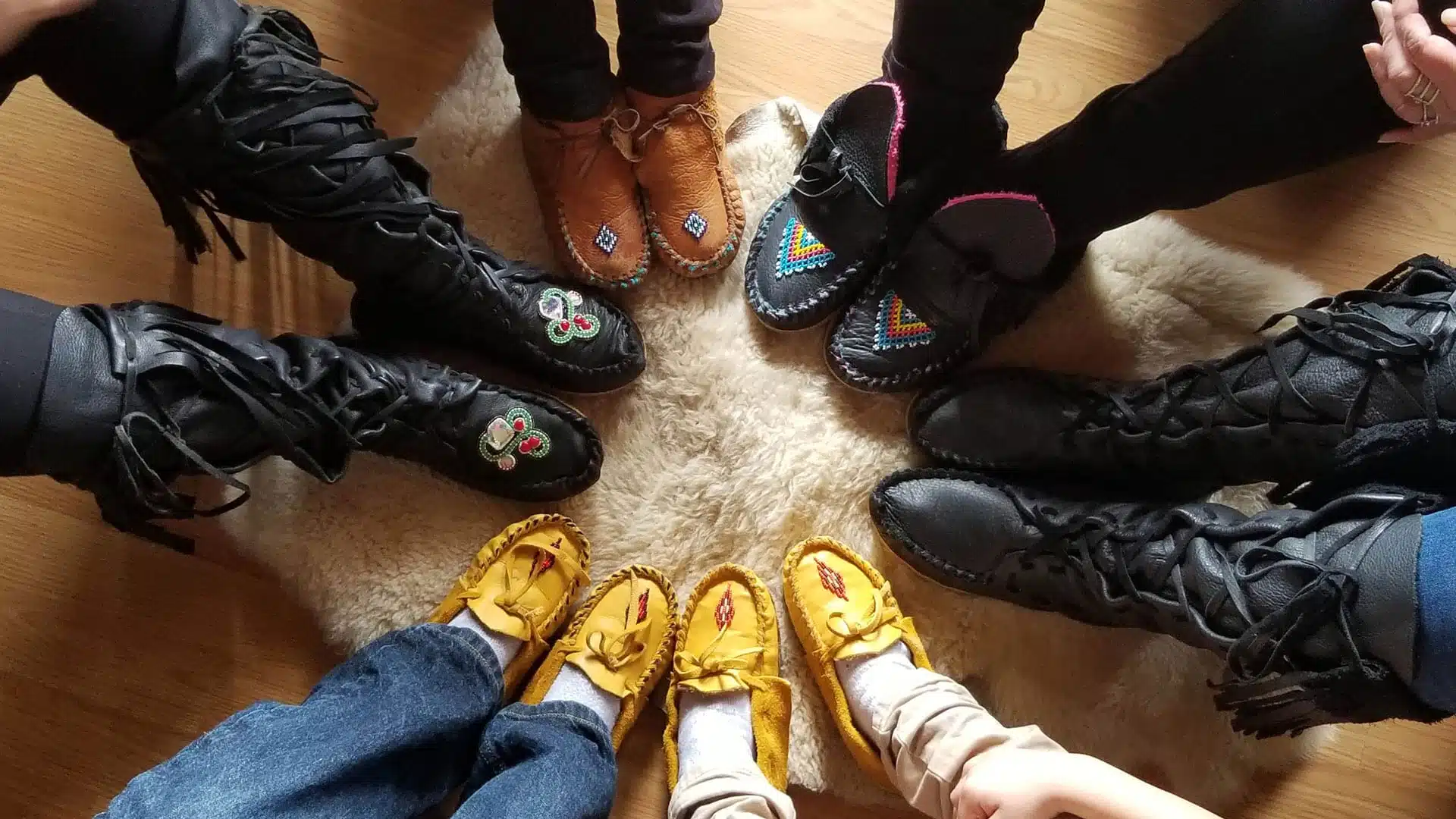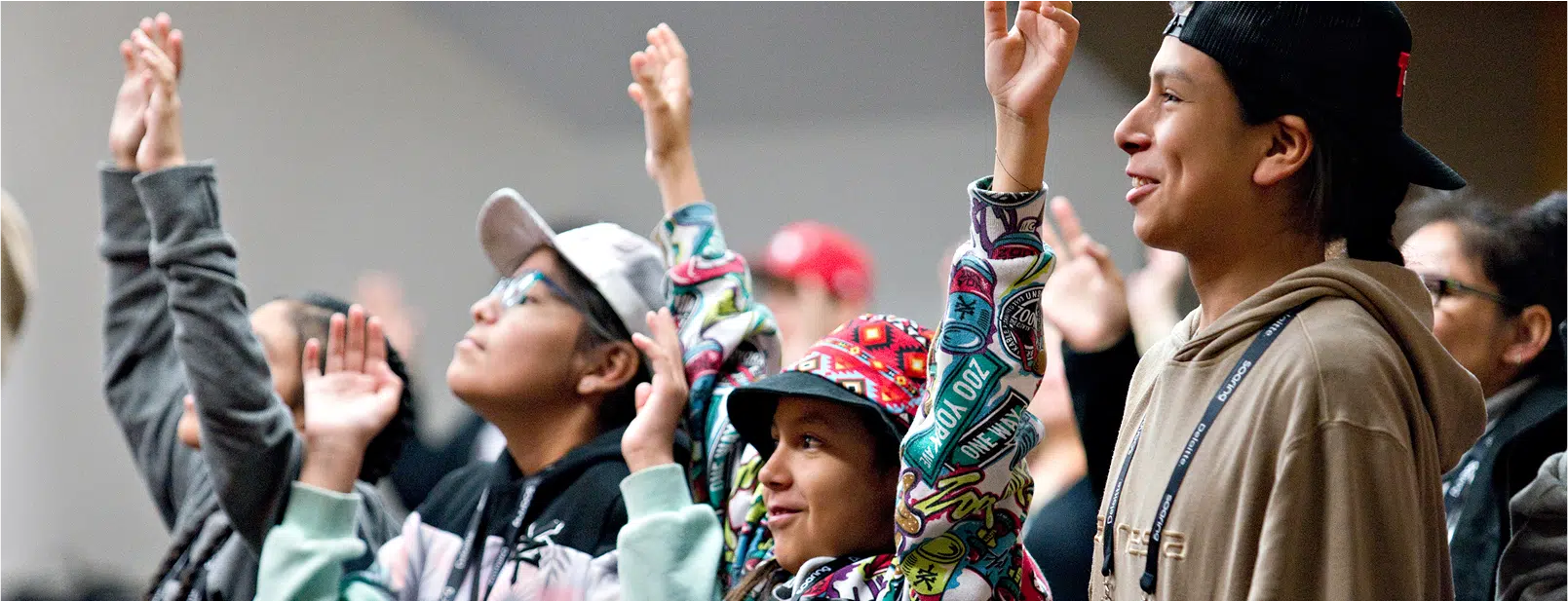Learning to craft traditional Indigenous items like moccasins is a wonderful way to connect with your heritage, cultivate mindfulness, and create something truly unique. As a new Indigenous post-secondary student, you might find making moccasins a fulfilling practice that balances your academic pursuits. Here’s a beginner’s guide to making moccasins.
Understanding the Cultural Significance
Moccasins are traditional footwear crafted by Indigenous peoples across North America. Each tribe has unique designs and methods of construction, influenced by factors such as climate, terrain, and cultural aesthetics. Moccasins are more than just shoes; they’re a symbol of Indigenous cultural identity and heritage.
Gathering Materials
To create a pair of moccasins, you’ll need a few essential materials. The primary one is leather or hide, which forms the upper and sole of the moccasin. The type of leather can vary, with deerskin and moosehide being popular choices due to their durability and comfort. You’ll also need sturdy thread, a leather needle, scissors, a hole punch, and a pattern. Some moccasins are decorated with beadwork, fur, or fringe, so consider these additional materials if you wish to embellish your moccasins.
Choosing a Pattern
There are various moccasin patterns available online or in craft stores. The pattern typically consists of three parts: the upper (top of the moccasin), the sole (bottom), and the vamp (piece that goes over the top of the foot). When choosing a pattern, consider the style and size you want. It’s crucial to measure your feet correctly to ensure a comfortable fit.
Cutting and Preparing the Leather
Place your chosen pattern on the leather and trace it using a marker. Then, cut out the traced pieces. Make sure you have two sets of each piece (for a pair of moccasins). If you’re planning to add beadwork to the vamp, it’s easier to do it before you start sewing the moccasin together.
Assembling the Moccasin
Start by attaching the vamp to the upper. Line up the center of the vamp with the center of the upper and begin to sew, working your way towards the edges. You might need to gather the leather slightly to align them properly. Once the vamp is attached, sew the heel part of the upper together. Finally, attach the upper to the sole, again gathering the leather as needed to fit the shape of the sole.
Adding Decorations
If you wish to embellish your moccasins with beadwork, embroidery, fringe, or fur, now is the time to do it. There’s no right or wrong way to decorate your moccasins – this is your chance to get creative and personalize them.
Practicing and Honouring Tradition
Making moccasins is a skill that takes practice to perfect. Don’t be discouraged if your first pair isn’t flawless. The more you practice, the better your craftsmanship will become. Remember, the process of making moccasins is about more than creating a pair of shoes; it’s a way to connect with your culture, honour Indigenous traditions, and express your creativity.
In conclusion, making moccasins is a fulfilling craft that connects you to your Indigenous roots while creating functional, personalized footwear. You might find the process a mindful break from your studies, a way to express creativity, and an opportunity to carry on an age-old tradition. The skills you learn can be passed on to future generations, helping to keep Indigenous traditions alive.


